BURDEKIN PLUM TREES IN LARGE GROWBAGS FOR SALE
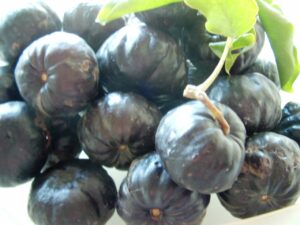
The Burdekin Plum Trees I have for sale are currently in 45litre & 100 litre growbags. Pleiogynium timoriense..
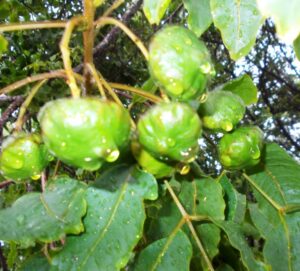
They vary in size & price.They are between 2-3 metres tall.

They make great feature trees & attract a variety of native animal & bird species to feed off the fruit.
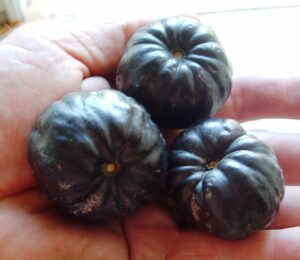
Stock changes all the time so you need to update yourself on my stock levels on the day.\
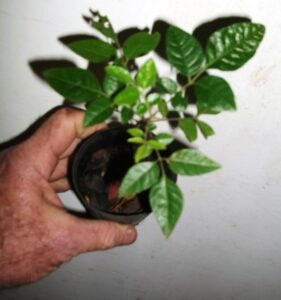
Pleiogynium timoriense.T.he fruits are about the size of a golf ball. Shaped a bit like a pumpkin
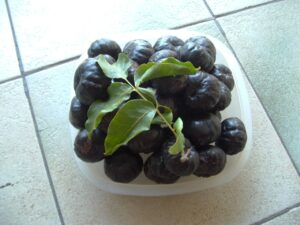
Family: Anacardiaceae
Distribution: Rainforest in north-east Queensland. Also occurs to the north of Australia as far as The Philippines
Common Name: Burdekin plum.
Conservation Status: Not considered to be at risk in the wild.
Derivation of Name: Pleiogynium…from Greek pleion, many or more and gyn, female, referring to the many female parts of the flower.
timoriense…occurring in Timor (presumably the species was first described from a Timor collection).
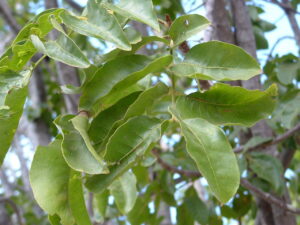
General Description:
Burdekin plum is a tropical, rainforest tree which may reach 20 metres but which is usually smaller in cultivation.
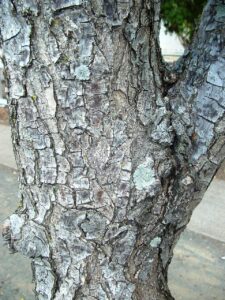
Leaves are pinnate (comprising leaflets on opposite sides of a central axis) consisting of 3 to 11 leaflets. They are dark, shiny green with bronze new growth.
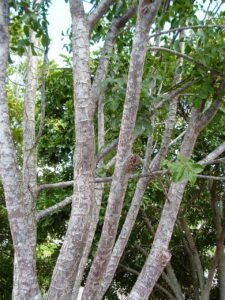
Flowers are relatively inconspicuous with male and female flowers occurring on separate trees. The fruits are large and fleshy and, when ripe, are deep purple in colour. Flowering occurs in winter and spring and the fruits ripen in summer and autumn.
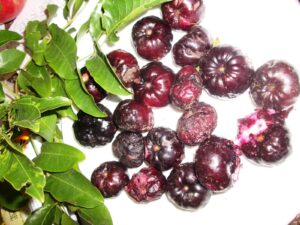
The fruits of Pleiogynium timoriense has received some attention as “bush tucker”. The flavour is palatable and, although fairly astringent, can be made into excellent jams.
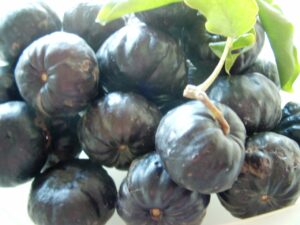
The fruits are used as a food by Aborigines but were not appreciated by Joseph Banks who collected samples in 1770. Banks complained that the fruits were “so full of a large stone that eating them was but an unprofitable business”.
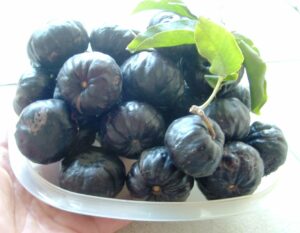
The tree is an hardy and attractive species for sub tropical and tropical areas and can also be grown in inland areas if water is available.
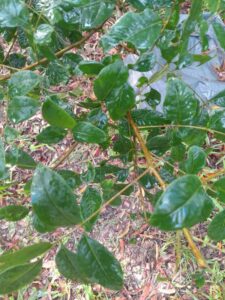
It is fairly slow growing and is best suited to well drained, reasonably rich soils.
Propagation is usually carried out from seed but cuttings are also successful.
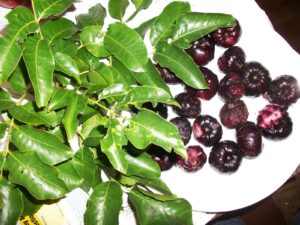
Yes I also have the seeds for sale.HENRY
 Any questions or if buying, contact me HERE
Any questions or if buying, contact me HERE


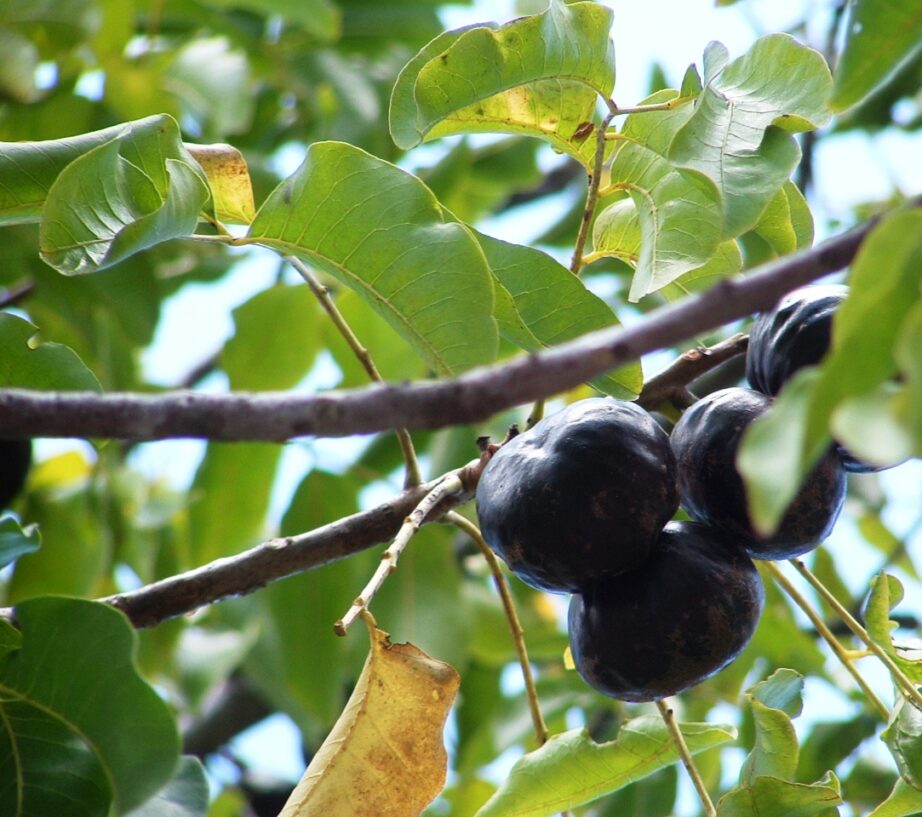
Recent Comments